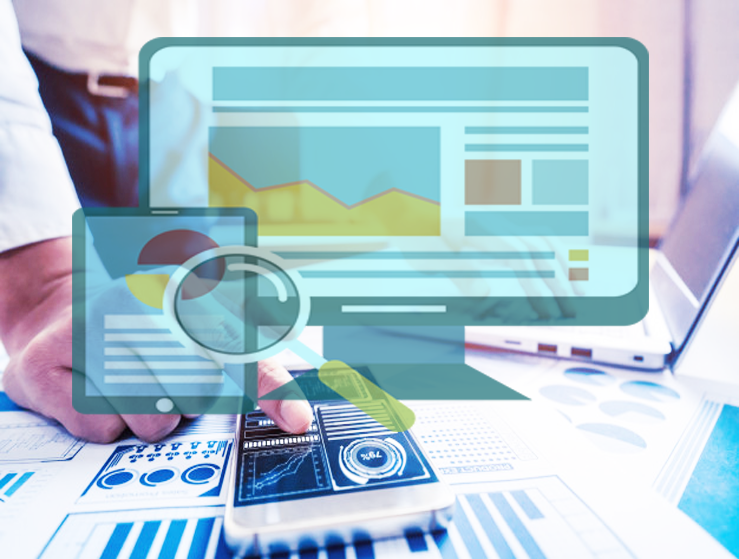Data analysis is a process of inspecting, cleansing, transforming, sorting, and modelling data to find useful information, reach conclusions, and make appropriate decisions. In statistics, data analysis is divided into descriptive analytics, exploratory analytics and predictive analytics.
Predictive analytics is defined as the branch of analytics used to make predictions about future events facing, for example, an organisation. It will use various methods such as data mining, text mining, artificial intelligence, statistics, or data modelling, among others. Also, predictive analytics manages information technologies, analysis methods, and business process modelling to anticipate future events that may happen to the organisation in question.

Structured business data such as sales volumes, country information, employees, suppliers, products, etc., come from modelled databases and can be used for analysis directly. Unstructured data such as word documents, pdf documents, social media content, emails, web pages, blogs, sensors, call centre notes, or other types of data need to be extracted, such as infer user sentiment and preferences used in the model building process.
Objectives of predictive analytics
The goal of predictive analytics is to have pattern recognition, i.e., to observe a pattern of behaviour from our database. This database is usually composed of information such as customer information, transaction information, sales information, demographic information, etc.
In addition to the above, we will reach conclusions through the data obtained to generate information and from this information, we will generate knowledge. This knowledge will help the company define business strategies to know where to direct or direct our actions.
Use of predictive analytics
Predictive analytics is applied to various business science fields such as marketing, financial services, telecommunications, commerce, tourism, health, pharmaceuticals and others. Some fields of application of predictive analytics that have gained momentum in recent years are:
- Cross-selling: It is prevalent for some large companies to process huge amounts of data such as customer records and sales records without taking advantage of the hidden relationships extracted from correlation and trend models that allow them to take competitive advantages. When the company is large and has many products, predictive analytics allows organising customer spending, buying behaviour, preferences, etc., providing the opportunity to offer a more customer-friendly shopping experience.
- CRM: Customer relationship management has become one of the most widely used predictive analytics applications and proves to be a great help in driving the achievement of customer-related goals. CRM employs descriptive analytics throughout the customer lifecycle, taking into account: purchase, growth of trust, audit and new purchases.
- Collections systems: Many customer portfolios include companies that do not pay on time. Companies must take action to recover debts using some collection resources that are often lost. Predictive analytics helps to optimise collection resources by identifying the most effective collection agencies, their contact strategies, legal actions, etc., helping reduce collection costs.
- Clinical systems applications: Predictive analytics has gained traction in the healthcare sector in determining which patients are prone to developing or contracting certain diseases such as heart disease, diabetes, asthma, etc. Similarly, they compare clinical observations and behaviours through trend patterns and correlations in patients with the health knowledge base and help decide treatments for these diseases.
As we can see, predictive analytics is present in many areas of our lives and forms an important part of the digital transformation. Decision-making is made more reliably if we have the data to support those decisions, and it is important to rely on data analysis rather than intuition alone.






